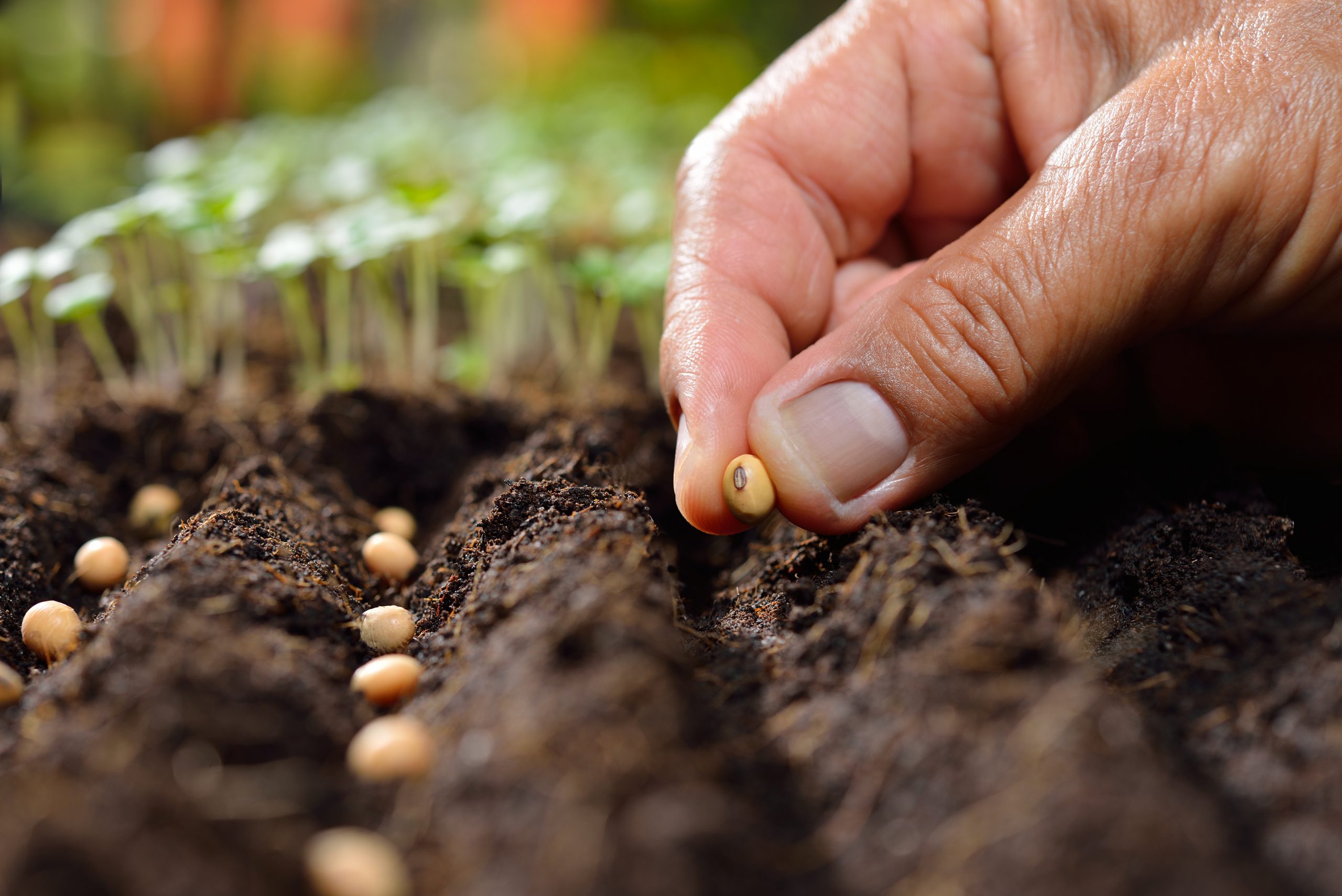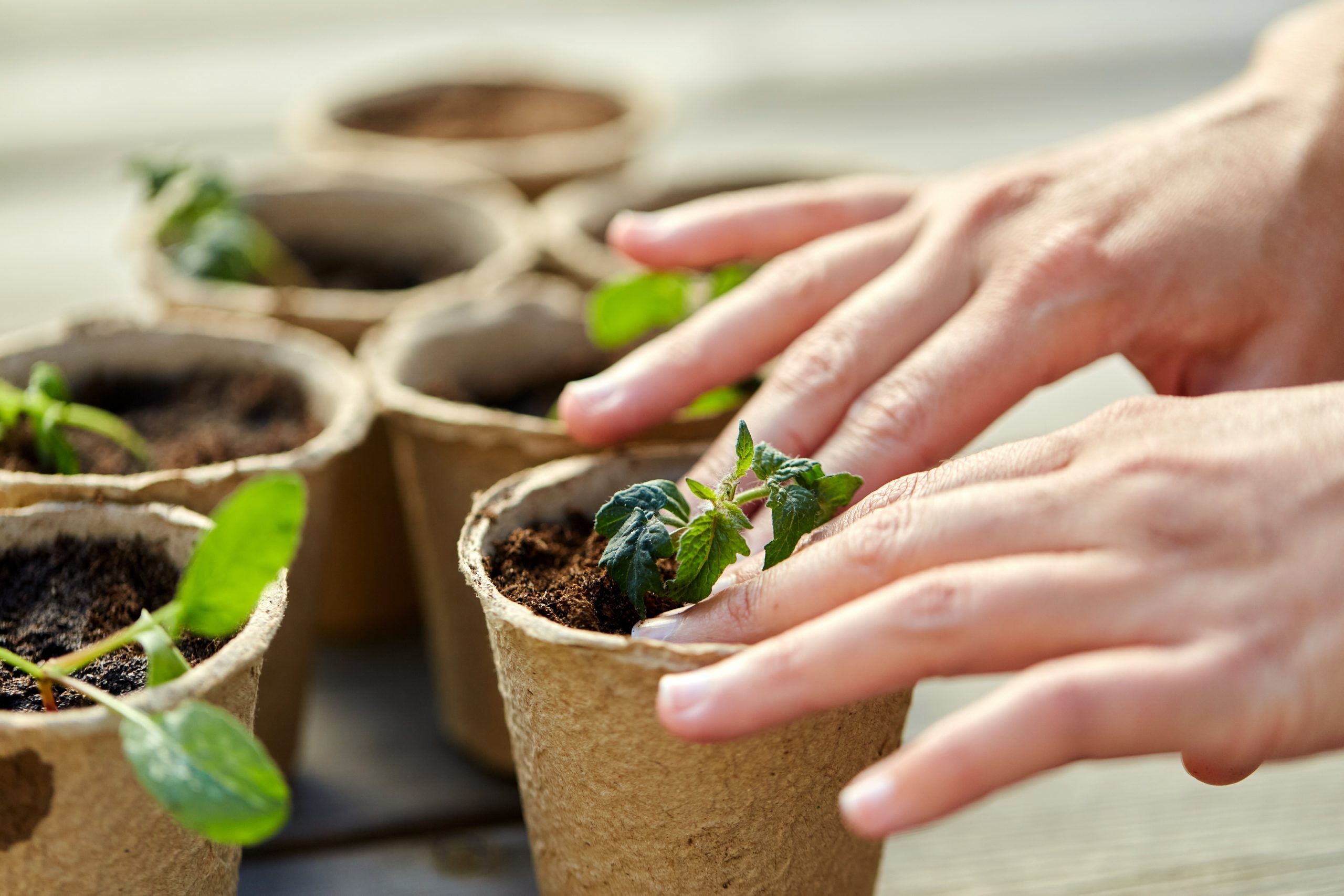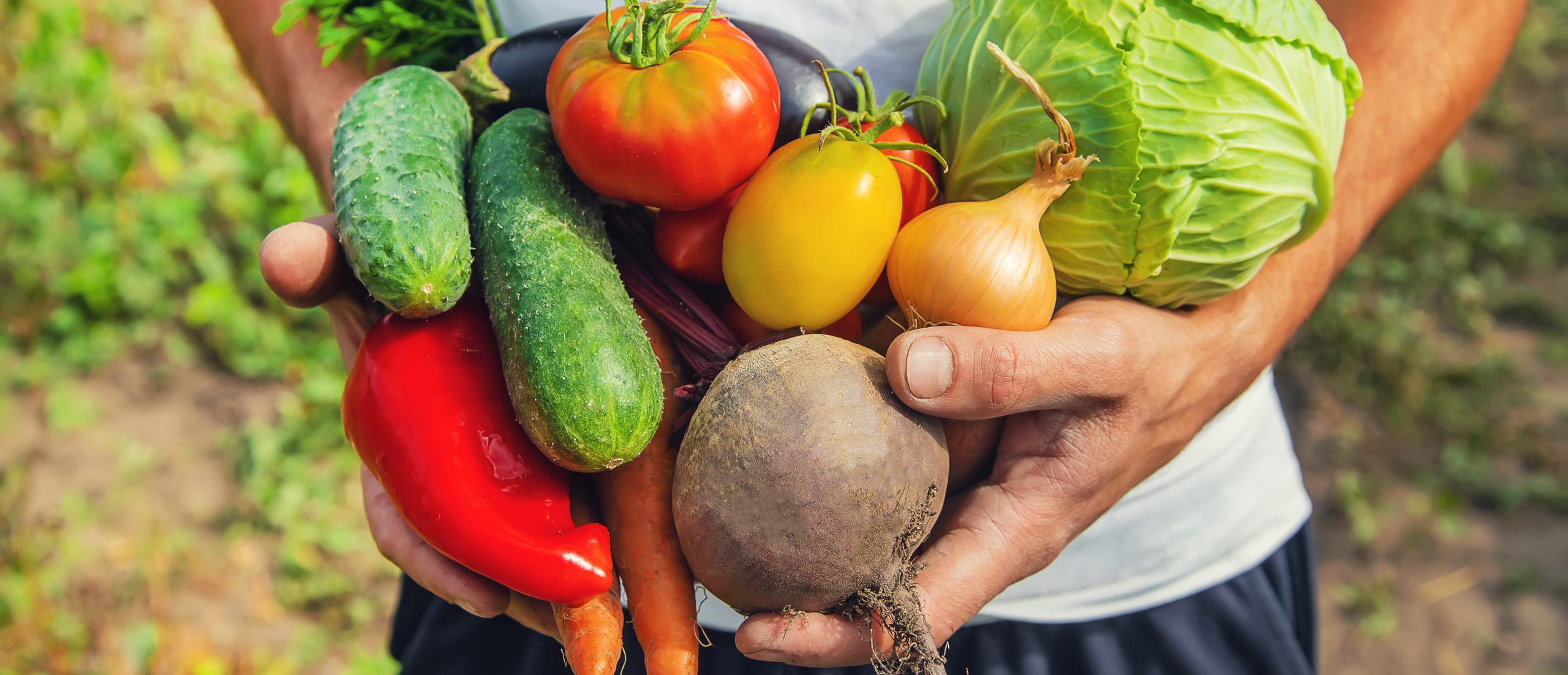
Veggie Gardening Basics: Starting Seeds v. Buying Plants
2020 saw a lot of first-time gardeners coming into the shop, and a common question we encountered was whether we recommend starting seeds or buying plants to start a veggie garden. Truthfully, there are pros and cons to both, so it really depends on the gardener!
We’ve broken down the basics of germinating your own plant seeds and compared that process to skipping ahead and buying your own starter plants, so you can enjoy a garden loaded with fresh homegrown produce, no matter what your budget or skill level may be.
Starting Seeds vs Buying Plants: What’s the Difference?
The act of planting a seed, watching it sprout, and caring for it as it develops into a mature plant is a pretty rewarding task. Even those of us who failed to keep our Tamagotchis alive can agree that tending to a plant from seed to harvest is an ongoing job worth seeing through until the end. However, it definitely requires some patience; depending on your chosen plant, it can mean several extra weeks or months of care before planting into the soil outside.
Starter plants, however, are a few months old and can be picked up from the greenhouse, ready to go into the ground as soon as you bring them home. They’re healthy and strong, and you won’t have to wait as long to enjoy the tasty edibles they provide.
So, what’s the catch? Well, starter plants are certainly more expensive than a packet of seeds. Sometimes one single starter plant can cost the same as a package of 200 seeds of the same plant. So, while starter plants may save you a lot of time, seeds will save you a little cash.
Another factor to consider is available variety. Our selection of starter plants is pretty impressive, but there isn’t room for us to stock every variety under the sun. But with seeds, there’s a mind-boggling number of choices you can choose from—especially if you’re looking for colorful heritage vegetables like rainbow tomatoes and carrots! Plants for All Seasons has the most incredible collection of vegetable seeds in Houston, so you’ll be sure to find some real superstars to brighten up your garden.

Starting Vegetable Seeds: Location
Starting seeds indoors is an excellent way to give your veggies a head start before they’re ready to live among your other garden plants. Naturally, you’ll need room in your home for all those seedlings! While many seeds can be directly sown into the soil, you have to make sure your timing is just right to ensure your plant grows properly in weather that’s the right temperature. You may also encounter hungry rabbits or other wildlife who are eager to gobble up your seedlings as soon as they sprout.
To make things easier, it’s a good idea to start your seeds indoors before planting them outside, so that means you’ll need adequate space (and some good window light) to make room for all your little cups full of seedlings. If window light isn’t in high supply, we highly recommend purchasing a miniature indoor greenhouse.
Mini greenhouses not only provide enough UV light for your plants to grow, but it also creates a humid environment, which is perfect for germinating seeds. Our dry desert weather can make it harder to keep the soil consistently moist for all your little seedlings, so a mini greenhouse is an awesome investment if you want to continue sprouting seeds throughout the year.
Note that a few vegetables really don’t like to be transplanted, so you won’t have much of a choice but to plant the seeds into the ground directly. Typically, root vegetables like radishes and carrots should always be direct-seeded. You can still start cucurbits inside, like cucumbers, melons, and squashes, but you just need to be extra gentle when easing them into the soil.
What is the Easiest Plant to Grow from a Seed?
There are a few seeds that are easy to germinate and grow successfully, so they’re great for beginners on a budget. Start some of these vegetable seeds and herbs for your 2021 veggie garden:
- Radishes (sow directly into soil, matures in 35-60 days)
- Carrots (sow directly into soil, matures in 70–80 days)
- Beans (start indoors, matures in 50–70 days)
- Tomatoes (start indoors, matures in 60–100 days)
- Lettuce (start indoors, matures in 40–55 days)
- Kale (start indoors, matures in 55–75 days)
- Cucumbers (start indoors, matures in 50–70 days)
How to Plant Starter Vegetable Plants
When you’re ready to get your new plants into your garden bed, there are a few quick tips to consider:
- Loosen up the root ball with your fingers. The soil in the container might be packed around the root ball tightly, preventing proper root spreading and making it harder for the plant to absorb moisture.
- Be gentle! Your plants’ roots are like their brain, and they don’t want to get jumbled around too much. Try not to rip the roots or squeeze them too tightly.
- Don’t pile up any soil around the base of the stem—keep it at the same level it was when it was in its container.
- Water well after planting, then water frequently and generously to help those roots establish.

Ready to start planning your 2021 veggie garden? We’ve got seeds, starter plants, and all kinds of supplies and soil amendments to help make your raised beds and planter boxes the envy of the neighborhood. Visit Plants for All Seasons to see the incredible new variety we have for this year!


